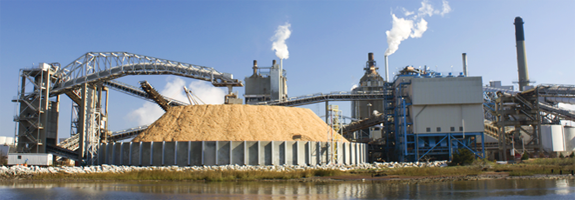Combustible dust fires and explosions have resulted in many process safety incidents that have caused multiple fatalities and injuries together with considerable property damage. The US Chemical Safety Board reported that 281 major incidents occurred from 1980 to 2005. They killed 119 people and injured 718 people. The incidents came from a wide variety of industries but excluded grain handling facilities and coal mines where dust explosions occur with some frequency. The Center for Chemical Process Safety concluded that at least one dust explosion occurs per month in the US, UK and Germany.

Numerous lessons have been learned from the investigation of combustible dust incidents including:
- Dust hazards often are not understood and are unrecognized by companies operating facilities where dusts are present.
- Dust fires can occur both within and outside equipment. Fugitive dust emissions usually are responsible for fires and explosions in rooms and buildings where equipment that contains combustible dusts is located.
- Air movement generally lifts the finest, most hazardous dusts highest in a room or building where they deposit on elevated surfaces.
- Most dust explosions occur as a series of deflagrations leading to a series of explosions in stages.
- Secondary deflagrations usually are fueled by accumulated fugitive dust that has been suspended by the primary deflagration.
- Most large-loss explosions involving combustible dust have occurred because a small event produced an ignition mechanism and dispersion of accumulated fugitive dust in the interior of a building.
- Housekeeping often is the single most important measure a facility can take to reduce combustible dust hazards within a building.
These lessons must be taken seriously by companies that handle combustible dusts if the likelihood of future catastrophic incidents is to be minimized.
The National Fire Protection Association recently published two standards on combustible dusts:
- NFPA 652:2019, Standard on the Fundamentals of Combustible Dust
- NFPA 654:2017, Standard for the Prevention of Fire and Dust Explosions from the Manufacturing, Processing, and Handling of Combustible Particulate Solids
They should be applied by any facility that handles combustible dusts together with any other applicable standards.
OSHA has a Combustible Dust National Emphasis Program in place (CPL 03-00-008) and can cite companies under the General Duty Clause or OSHA standards such as 1910.272, Grain Handling Facilities, and 1910.176, Materials Handling and Storage Housekeeping.
A key element of the NFPA standards is the performance of a dust hazard analysis (DHA). DHA requires that the combustibility and explosibility hazards of the materials have been determined together with their locations in the process. All phases of operation must be addressed. DHA identifies dust fire and explosion scenarios together with safeguards that protect against them and any needed recommendations for additional or improved safeguards.
The potential for dust deflagrations is assessed based on the potential for all necessary and sufficient conditions for a deflagration to exist concurrently at the point of consideration. They are:
- Presence of a combustible dust of sufficiently small particle size to deflagrate
- Presence of air or other oxidizing atmosphere.
- Means of suspending or dispersing the combustible dust.
- A combustible dust suspension of sufficiently high concentration to deflagrate.
- Confinement of the suspended combustible dust in a piece of equipment, room, or building.
- A source of ignition.
DHA provides an essential means of managing combustible dust hazards.
Please contact Primatech for further information.


